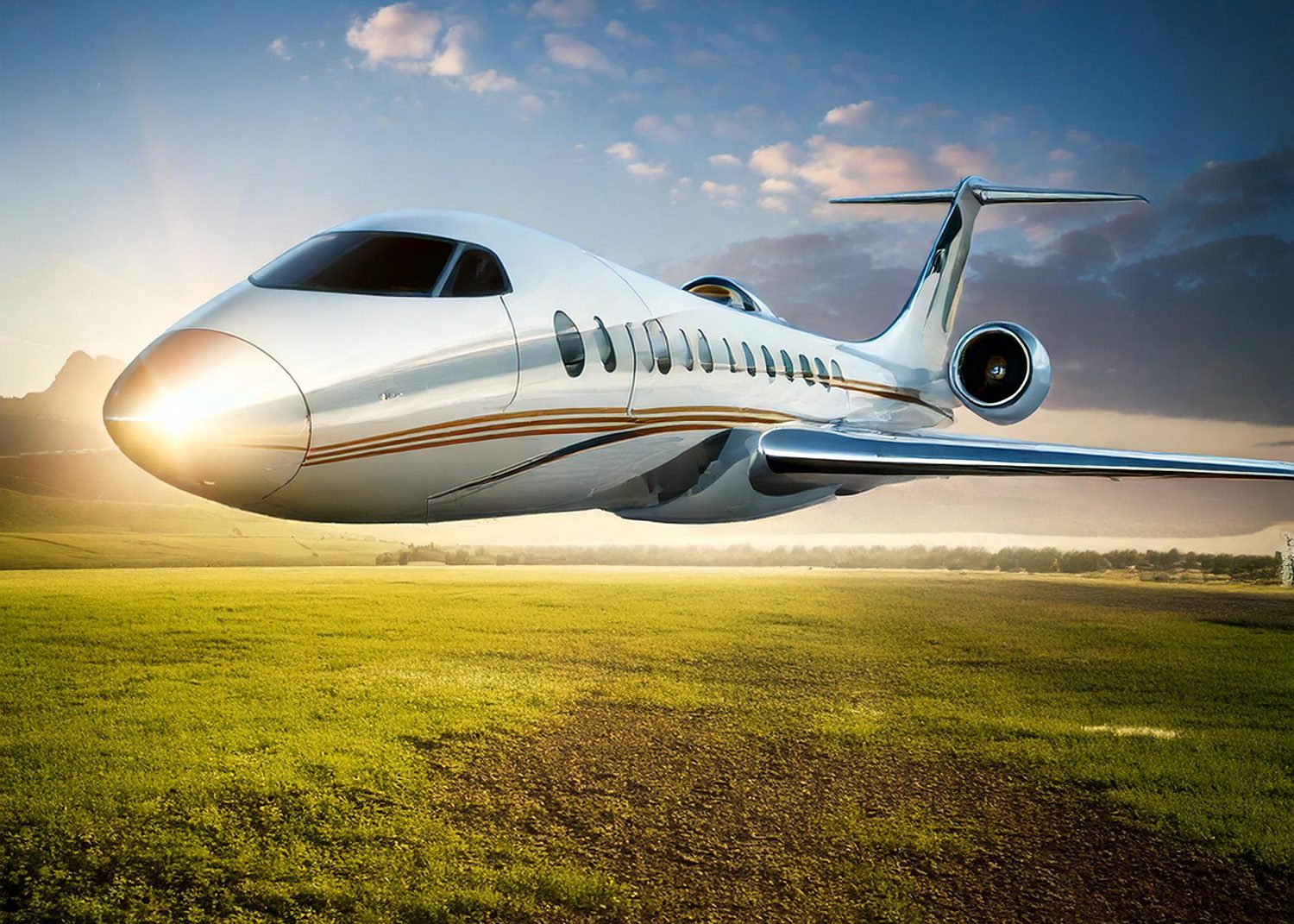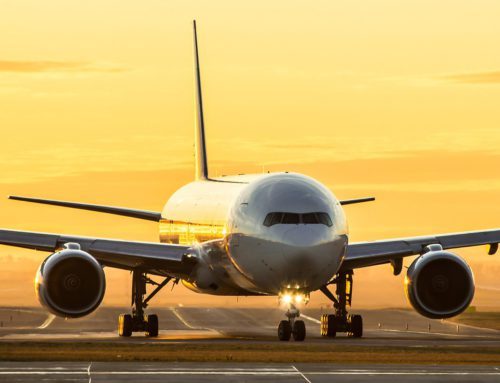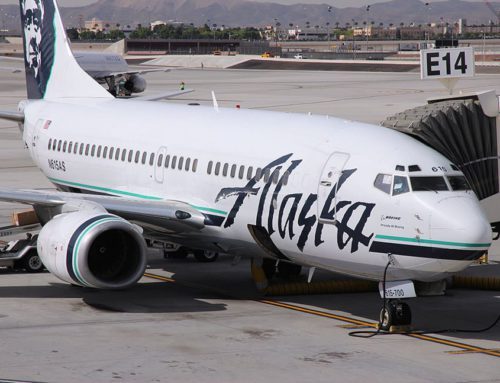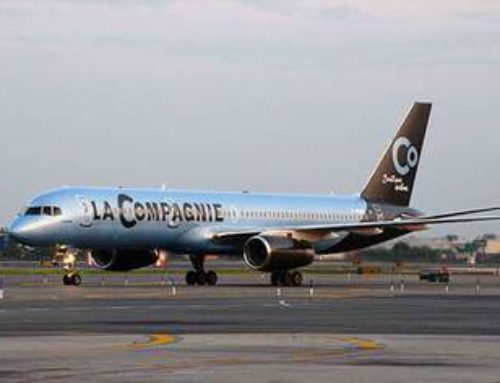“The Unvarnished Traveler” by Brian Raymond
“The Unvarnished Traveler” by Brian Raymond

supersonic
Futurist supersonic jet created by AI
For decades, the dream of supersonic commercial flight has captivated travelers seeking to cross the globe in record time. The Concorde, which operated from 1976 until its retirement in 2003, set the standard for high-speed air travel, whisking passengers across the Atlantic in just over three hours. Now, with technological advancements and renewed interest in speed, several aerospace companies are working to bring back supersonic travel. But is this the beginning of a new golden age of aviation, or will the challenges of cost, environmental impact, and infrastructure prevent it from taking off?
The Promise of Supersonic Travel
Imagine cutting your travel time in half—New York to London in just three and a half hours, Los Angeles to Tokyo in six. The return of supersonic flights could revolutionize global connectivity, allowing business executives, government officials, and leisure travelers to maximize their time. Several companies are leading the charge, including:
- Boom Supersonic: The most promising contender, developing the Overture aircraft, which aims to fly at Mach 1.7 and carry passengers at an affordable cost.
- NASA & Lockheed Martin: Working on the X-59, a low-boom supersonic jet that could pave the way for reduced noise pollution and regulatory changes.
- Spike Aerospace: Developing the S-512, a luxury supersonic business jet targeting elite travelers and corporate executives.
With these developments, the dream of faster air travel is inching closer to reality, but what does it mean for the average traveler?
The Pros and Cons of Supersonic Flights
While the return of supersonic travel is exciting, it comes with both advantages and challenges. Here’s a breakdown:
Pros of Supersonic Flights
- Dramatic Time Savings
- Long-haul flights could be reduced by 50-75%, making international travel far more efficient.
- Business travelers could attend meetings overseas and return home the same day.
- Innovation in Aviation Technology
- Advancements in aerodynamics, noise reduction, and fuel efficiency could benefit the entire industry.
- Some new designs aim to produce quieter sonic booms, making regulatory approval easier.
- Competitive Pricing Compared to Concorde
- Companies like Boom Supersonic promise ticket prices similar to business class, rather than the exorbitant fares Concorde once charged ($12,000 round-trip in today’s dollars).
- Boost for Global Business & Tourism
- Faster flights would make global travel more accessible, enhancing productivity and encouraging tourism to far-flung destinations.
Cons of Supersonic Flights
- High Ticket Prices
- Despite promises of affordability, early flights are expected to cost significantly more than standard economy or business class fares.
- Environmental Impact
- Supersonic jets consume more fuel per passenger than conventional aircraft, raising concerns about carbon emissions.
- Some companies are working on sustainable aviation fuel (SAF) solutions, but progress remains slow.
- Noise Pollution & Regulatory Hurdles
- The sonic boom has been a major issue, leading to bans on overland supersonic flight in many countries.
- New technologies aim to minimize this, but regulations will need to adapt before supersonic routes expand.
- Limited Infrastructure & Routes
- Not all airports are equipped to handle supersonic aircraft, requiring upgrades in runway length and air traffic control.
- Initially, routes will be limited to transoceanic flights due to current overland flight restrictions.
The Cost of Supersonic Flights
While Concorde was a marvel, its astronomical operational costs made it unsustainable. Today’s innovators promise more efficient designs, but supersonic flights will still be pricier than standard air travel. Estimated costs include:
- $5,000 to $10,000 round-trip for transatlantic flights (business class pricing).
- Luxury private jets like the Spike S-512 could charge $100,000+ per flight for VIP travelers.
- If technology progresses, prices may decrease over time, making supersonic travel more accessible to a wider audience.
Environmental Concerns: Are Supersonic Flights Sustainable?
One of the biggest concerns with the resurgence of supersonic travel is its environmental footprint. Here’s why:
- Higher fuel consumption: Supersonic jets burn more fuel per passenger compared to subsonic aircraft, increasing carbon emissions.
- Sonic boom pollution: Although companies are working on “quiet boom” technology, supersonic jets will still create noise pollution.
- Alternative fuel solutions: Some companies, like Boom Supersonic, are committed to using 100% sustainable aviation fuel (SAF), which could reduce emissions.
While sustainability remains a challenge, advancements in green technology could make supersonic travel more eco-friendly in the coming decades.
What the Future Holds
The return of supersonic travel is not just about speed—it represents the next frontier in air travel innovation. Companies like Boom Supersonic and NASA are making serious strides, but commercial viability depends on several factors:
- Regulatory approvals for overland flights
- Sustainable fuel developments
- Lower manufacturing and operational costs
- Improved infrastructure at major airports
If these challenges are met, we could see the first commercial supersonic flights return by the mid-2030s, bringing a new era of fast travel to the world.
Are We Ready for the Future of Flight?
The possibility of reducing long-haul flights to just a few hours is an exciting prospect. Supersonic travel could reshape global connectivity, making it easier than ever to do business, explore new destinations, and visit family and friends across the globe. However, cost, environmental concerns, and regulatory hurdles remain significant obstacles.
For now, the dream of supersonic flight is on the horizon, and whether it becomes the norm or remains a luxury niche will depend on innovation, sustainability, and demand. Either way, the future of travel is set to be faster than ever before.
So how to choose the right vacation for you?
Vacations are an investment! With literally thousands of options, choosing the right vacation and the best value is difficult to sort through. That’s where I bring my 12 years of travel experience and expertise to do this right, and get you the best value for your money. With the backing of the largest travel consortium behind me, we have options you can’t find online. Plus our work just gets started once we book your dream vacation. Chat with us to learn more.
The world awaits you and we look forward to assisting you in choosing the exact right adventure on the waters or land for you and your companions!









